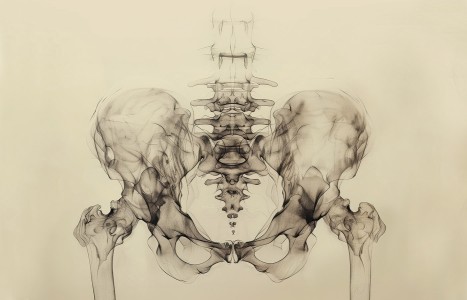People today want convenience, whether it be from their bank, credit card, favorite retail store, or restaurant. They demand it from the companies who hold their loyalty, including their health care providers (you). They don’t want to call and possibly be put on hold, and they want to use an app or schedule an appointment on your website. Here are three reasons your practice can gain by switching to online appointment scheduling.
Qigong for the Classroom
One of the most important goals for teachers, parents and school administrators is creating a healthy emotional environment for students. A study published in the June 2007 issue of the Journal of Chinese Medicine has found that including a particular type of qigong exercise program helped calm and energize the students, as well as improving health and reducing aggression.
Claudia Witt, MD, and colleagues from the Institute for Social Epidemiology, Epidemiology and Health Economics at the University of Berlin, conducted a study with 140 students among three elementary schools and one high school in order to determine the effect of a six-month program of xianggong ("fragrant qigong") movement instruction upon students' health and behavior. Teachers were first instructed for eight weeks in the movements and then spent either 15 or 25 minutes twice a week instructing students before or after regular lessons.
At the end of the six months, researchers conducted in-depth, semi-structured interviews with the teachers. The teachers were first asked, "Have you noticed any changes in your students during the qigong project?" They also were asked if they were interested in continuing the qigong project.
The teachers reported various positive effects, including that the students seemed much calmer, less agitated or aggressive, and more able to concentrate in class. Additionally, several teachers reported that students who had previously been absent due to frequent illnesses were in class more often.
In terms of integrating the qigong lessons into the regular school program, the biggest barrier appeared to be lack of time in the school day. One teacher observed: "The main problem was that I had to fit qigong into my lessons. And every day for 10 minutes - that's not easy. So if it were offered as an additional course, it would be easier and more relaxed." Another teacher mentioned problems with the school administration over the time needed for the program: "At the beginning we were expected to do 15 minutes, and then with level two it was supposed to be half an hour. This caused problems with the school directors. They said that 15 minutes was doable, but no more."
Despite these issues, the researchers remained confident that the pilot program served as a good test model for future projects. They concluded, "The present study demonstrated that qigong could be integrated into regular school classes, although dedicated course time would be much preferable. Advantages and limitations of the used setting may provide useful advice for future projects. Enhancements of individual vitality and community strength were observed, and also social, psychological, and in some cases, medical improvements. These are promising enough to warrant further research using improved methodology on feasibility and effects of school qigong programs."


